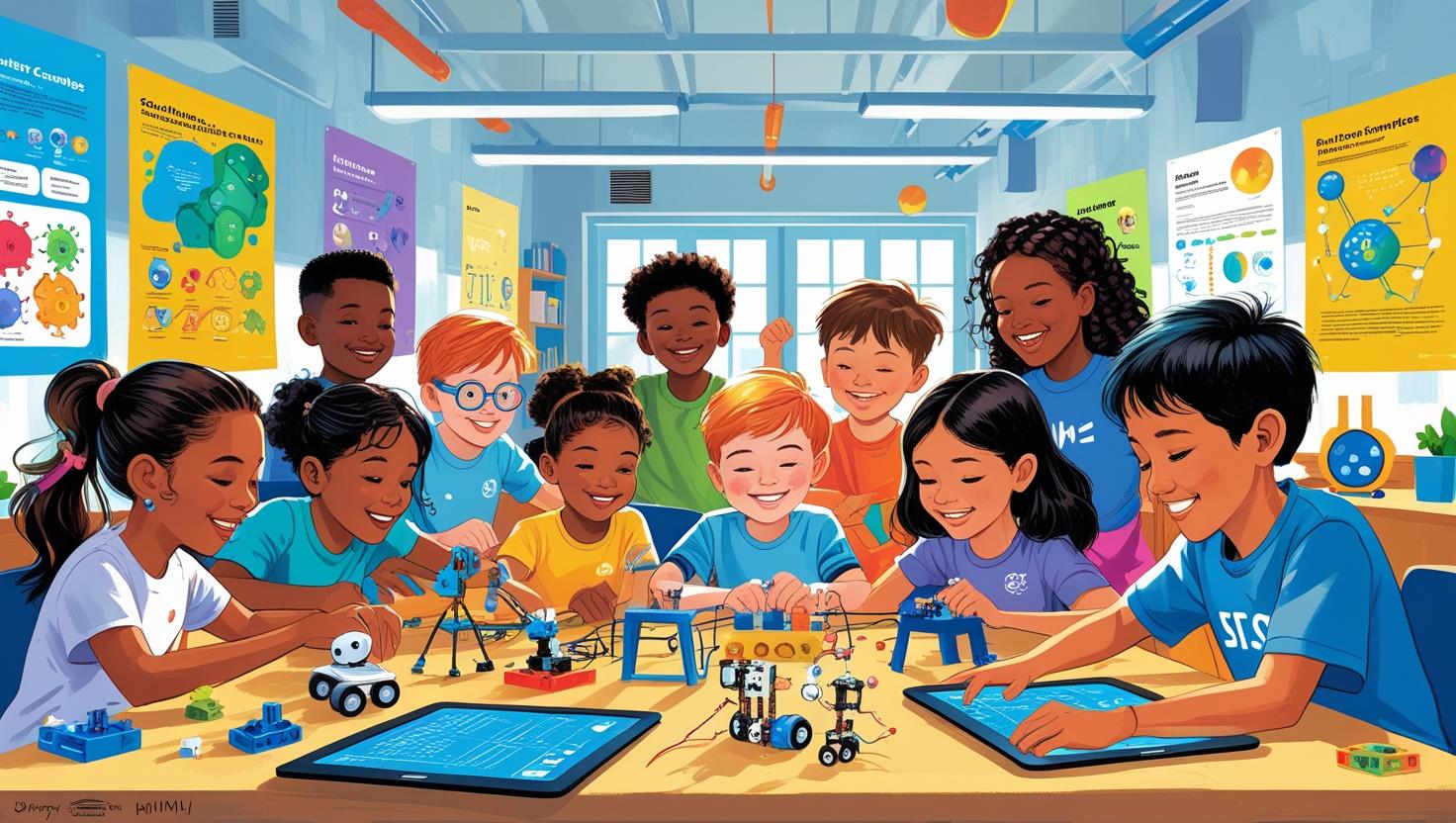STEM toys aren’t one-size-fits-all. What inspires curiosity in a toddler might frustrate an older child, while a pre-teen might need complexity to stay engaged. Knowing how STEM toys evolve through the years can help you pick the right tools to nurture skills at every stage.
Here’s a breakdown of what STEM play can look like from the first year to pre-teen adventures.
Infants (0–12 Months)
At this stage, STEM learning starts with sensory exploration. Babies begin to understand cause and effect, recognize patterns, and develop motor skills.
- Soft stacking blocks with numbers or shapes
- High-contrast activity gyms with dangling objects
- Simple cause-and-effect toys like pop-up animals
Toddlers (1–3 Years)
Toddlers thrive on hands-on experimentation and repetition. They start recognizing shapes, colors, and basic problem-solving.
- Large interlocking building blocks
- Shape sorters and nesting cups
- Water tables with funnels and wheels
Preschoolers (3–5 Years)
Now comes the golden age of imaginative STEM play. Kids love to test hypotheses (often without realizing it) and explore basic engineering concepts.
- Magnetic building tiles
- Beginner coding robots with push-button programming
- Simple science experiment kits (like baking soda volcanoes)
Early Elementary (6–8 Years)
These years are perfect for introducing more structured problem-solving and creativity. Kids are ready for projects that require following steps and thinking ahead.
- Mechanical building kits with gears and pulleys
- Snap-together electronics sets
- Beginner microscopes with prepared slides
Upper Elementary (9–12 Years)
Pre-teens can dive deeper into complex STEM concepts, often combining multiple skills like coding, engineering, and data analysis.
- Advanced robotics kits with programmable sensors
- Chemistry sets with safe experiments
- 3D printing pens or beginner 3D design software
Why This Progression Matters
Choosing age-appropriate STEM toys ensures that kids feel challenged—but not overwhelmed. As they grow, the toys can evolve with them, keeping curiosity alive from the very first grasp to the first big invention.





